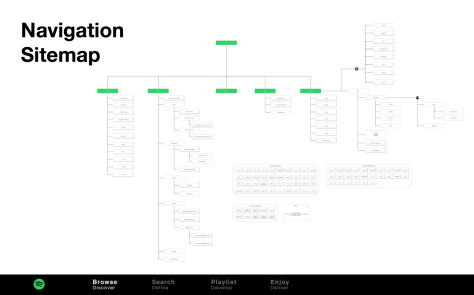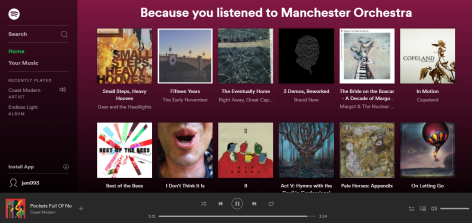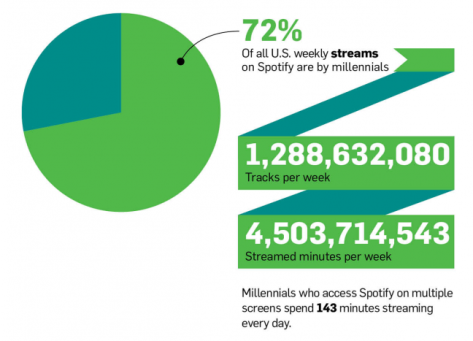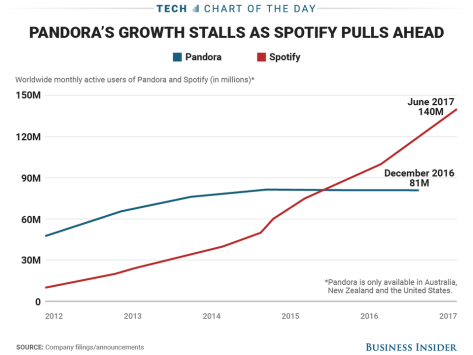If you’re not familiar with Gartner’s Hype Cycle, then you should watch this short video from WikiAudio that gives a great overview of what the Hype Cycle is all about.
As we learned from the video, there are five stages in Gartner’s Hype Cycle. They include; technology trigger, peak of inflated expectations, trough of disillusionment, slope of enlightenment, and plateau of productivity. These five key stages represent stages of a technology’s life.
Here’s a good visual representation of Gartner’s Hype Cycle that I found on Slide Hunter.
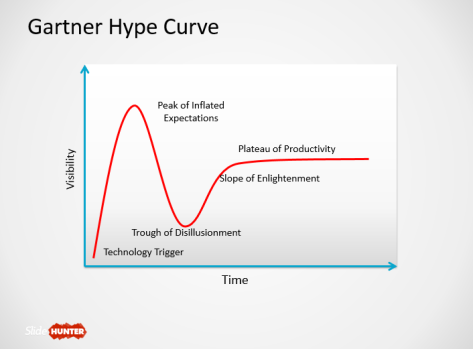
Mike Walker, the research director at Gartner, said the following to the Wall Street Journal, August 15, 2017…
“Innovation isn’t a steady line that moves upwards… It goes in peaks and valleys, and you’ll see a spur of innovation that’s going to cause a trigger in the marketplace or rapid advancement.”
So where is Spotify currently on Gartner’s Hype Cycle? I think the strongest argument is that Spotify is currently at the peak of inflated expectations. According to Spotify’s most recent financial statement, the company reported revenue of over $6 billion but had a net loss of over $1.2 billion. At the same time, Spotify currently has tens of millions of more monthly users than any of its competitors. According to Spotify, they now have over 140 million active monthly users. One of Spotify’s problems is that they have to pay royalties to artists and record companies. So even though tens of millions of people are using the platform monthly, as the listenership increases, so do the royalties expenditures. If Spotify isn’t capable of generating a profit while having 140 million active monthly users than pretty soon Spotify will fall into the trough of disillusionment.
I know what you’re thinking… If Spotify is about to fall into the trough of disillusionment, then why should I promote my brand on the platform? Good question! Remember, Spotify has the highest monthly users of any streaming service, and even though they will experience the trough of disillusionment, they will eventually start on the slope of enlightenment and then end up on the plateau of productivity.
If you’re seriously considering promoting your brand on Spotify, check out this post about Spotify’s competition.

